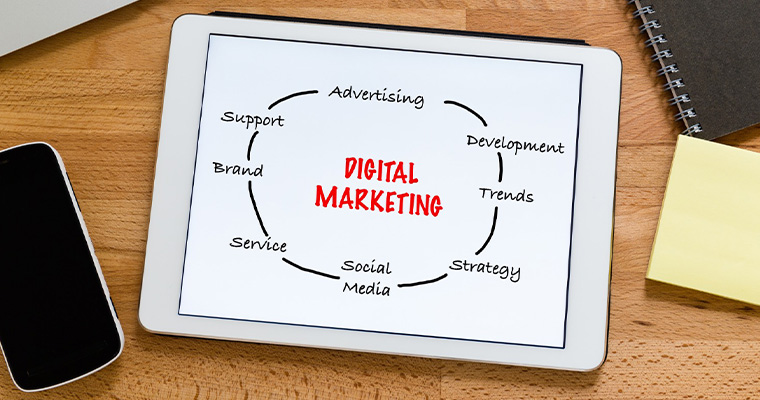Introduction
In the fast-paced world of business, where digital landscapes continually evolve, understanding the intricacies of digital marketing is no longer a luxury but a strategic necessity. Digital marketing is not just a toolkit of techniques; it's a dynamic ecosystem that spans a myriad of channels, strategies, and technologies. In this blog, we will embark on a comprehensive journey, unraveling the layers of digital marketing, from its core principles to the ever-expanding horizons of the online realm.
Defining Digital Marketing
At its essence, digital marketing encompasses all marketing efforts that leverage electronic devices or the internet. Unlike traditional marketing, it operates in the digital sphere, utilizing online channels and platforms to connect with current and prospective customers. From search engines and social media to email and content, digital marketing casts a wide net in the pursuit of building brand awareness, engaging audiences, and driving business growth.
The Core Components of Digital Marketing
1. Search Engine Optimization (SEO): The Pillar of Visibility
SEO is the art and science of optimizing online content to rank higher in search engine results. By understanding algorithms and user intent, businesses can enhance their visibility and attract organic traffic.
2. Content Marketing: Crafting Stories That Resonate
Content is king in the digital realm. Content marketing involves creating and distributing valuable, relevant, and consistent content to attract and retain a defined audience, fostering trust and brand loyalty.
3. Social Media Marketing: Building Communities and Conversations
Social media platforms are not just places to connect; they are dynamic spaces for businesses to engage with audiences. Social media marketing encompasses the strategic creation and dissemination of content across various social media platforms with the aim of achieving specific marketing objectives and reinforcing brand identity.
4. Email Marketing: Direct and Personalized Communication
Email remains a powerful tool for direct communication with customers. Effective email marketing involves creating personalized, relevant content to nurture leads and drive conversions.
5. Pay-Per-Click (PPC) Advertising: Precision Targeting for Instant Visibility
PPC advertising allows businesses to place ads on search engines and other platforms, paying a fee only when the ad is clicked. This approach provides instant visibility and is highly measurable.
6. Analytics and Data: Driving Informed Decision-Making
The backbone of digital marketing lies in data analytics. By measuring and analyzing performance metrics, businesses can gain insights into the effectiveness of their strategies, allowing for data-driven decision-making.
The Ever-Expanding Horizons
As digital technologies advance, the landscape of digital marketing continually evolves. Emerging trends such as artificial intelligence, voice search, and immersive technologies are reshaping how businesses connect with their audiences. Staying abreast of these trends is crucial for remaining competitive in the dynamic digital ecosystem.
Conclusion
Understanding digital marketing is not a one-time endeavor but an ongoing commitment to adaptation and learning. As businesses navigate the complexities of the digital landscape, a holistic understanding of SEO, content marketing, social media, email, PPC, and analytics becomes instrumental. The comprehensive overview provided here serves as a foundation—a launching pad for businesses and professionals to delve into the exciting and ever-evolving world of digital marketing.
In the digital age, where connectivity and communication transcend physical boundaries, mastering the nuances of digital marketing is not just a strategy; it's a requisite for success. As businesses embrace the potential of the digital realm, a comprehensive understanding of digital marketing becomes the compass guiding them toward enhanced visibility, engagement, and sustainable growth.


